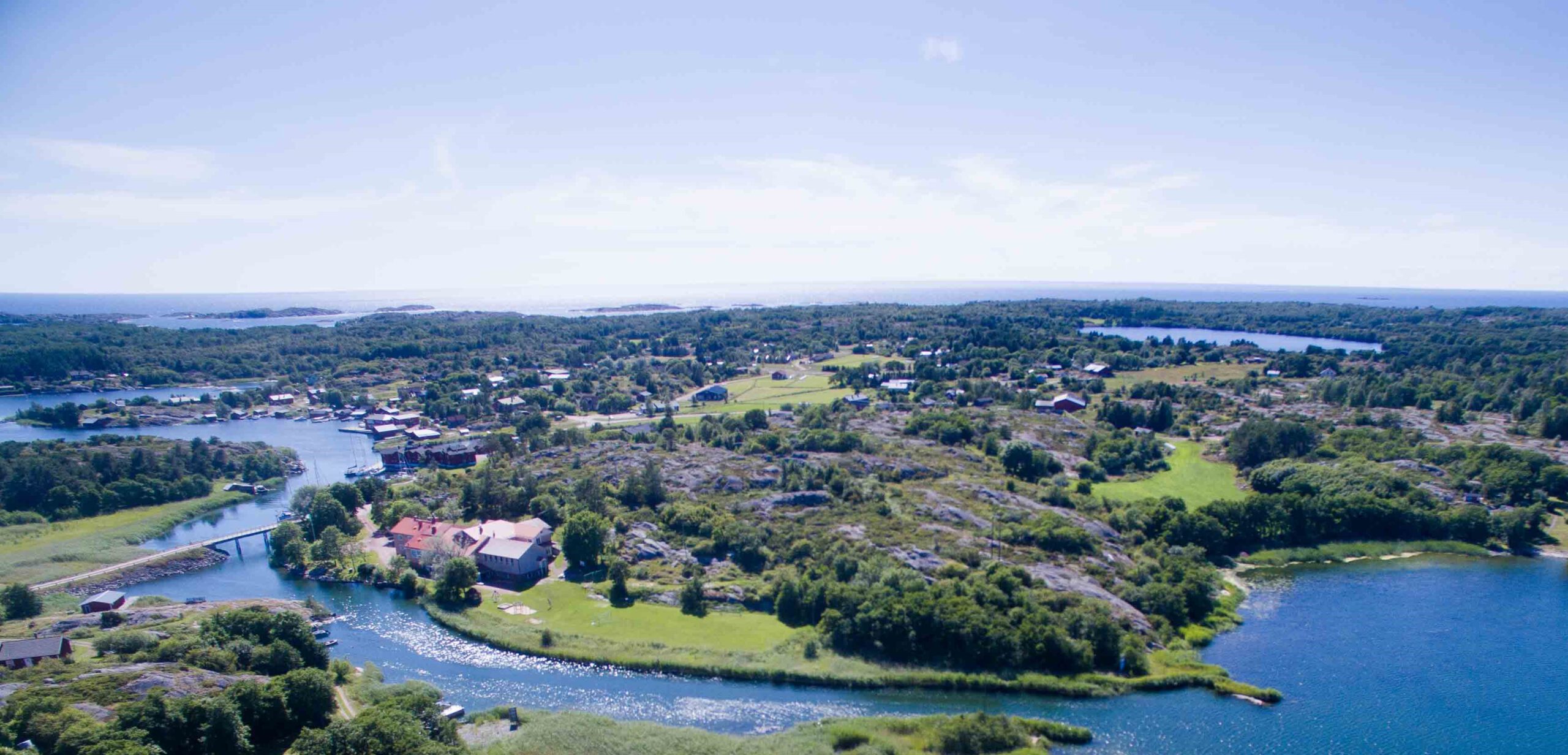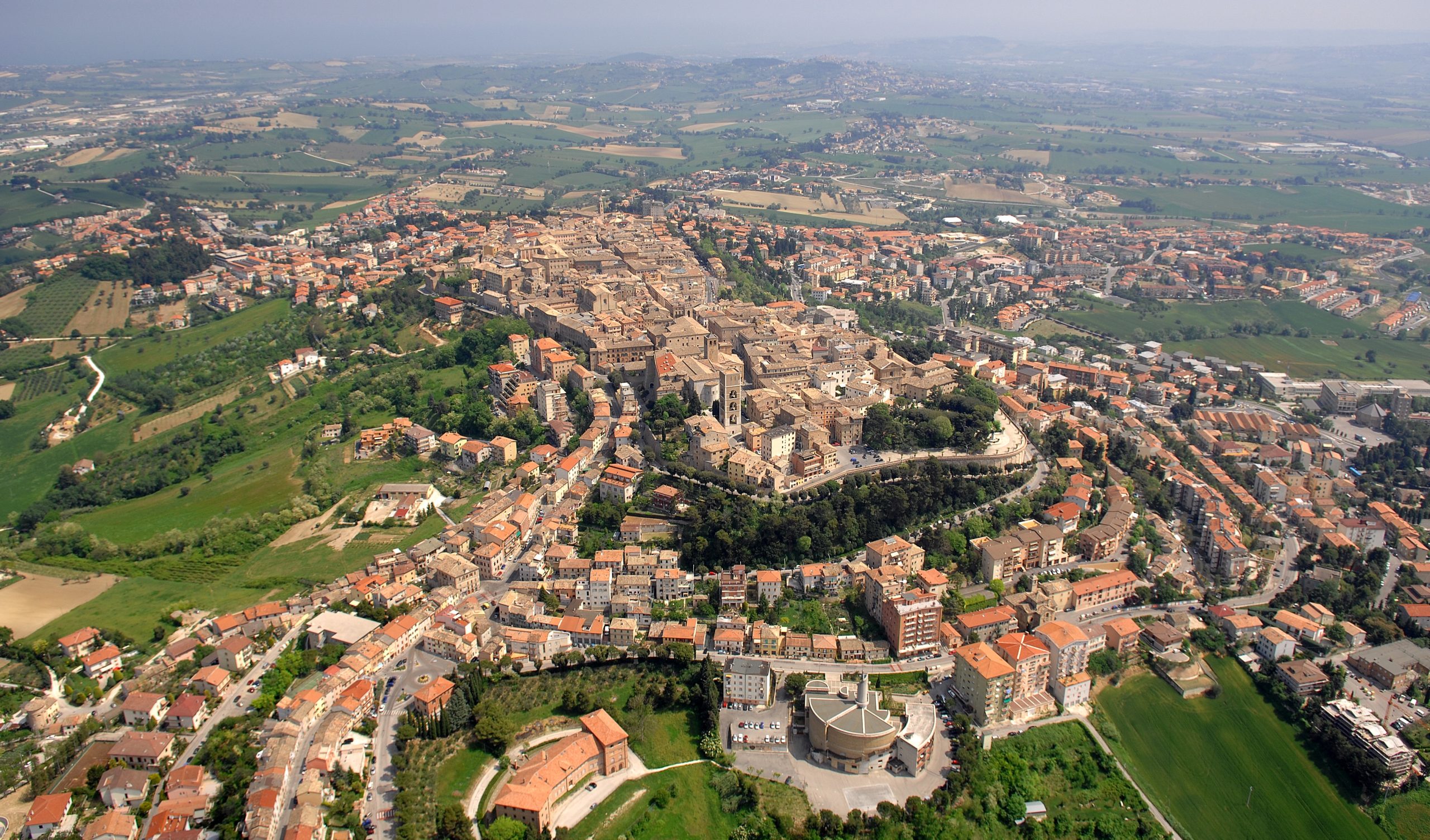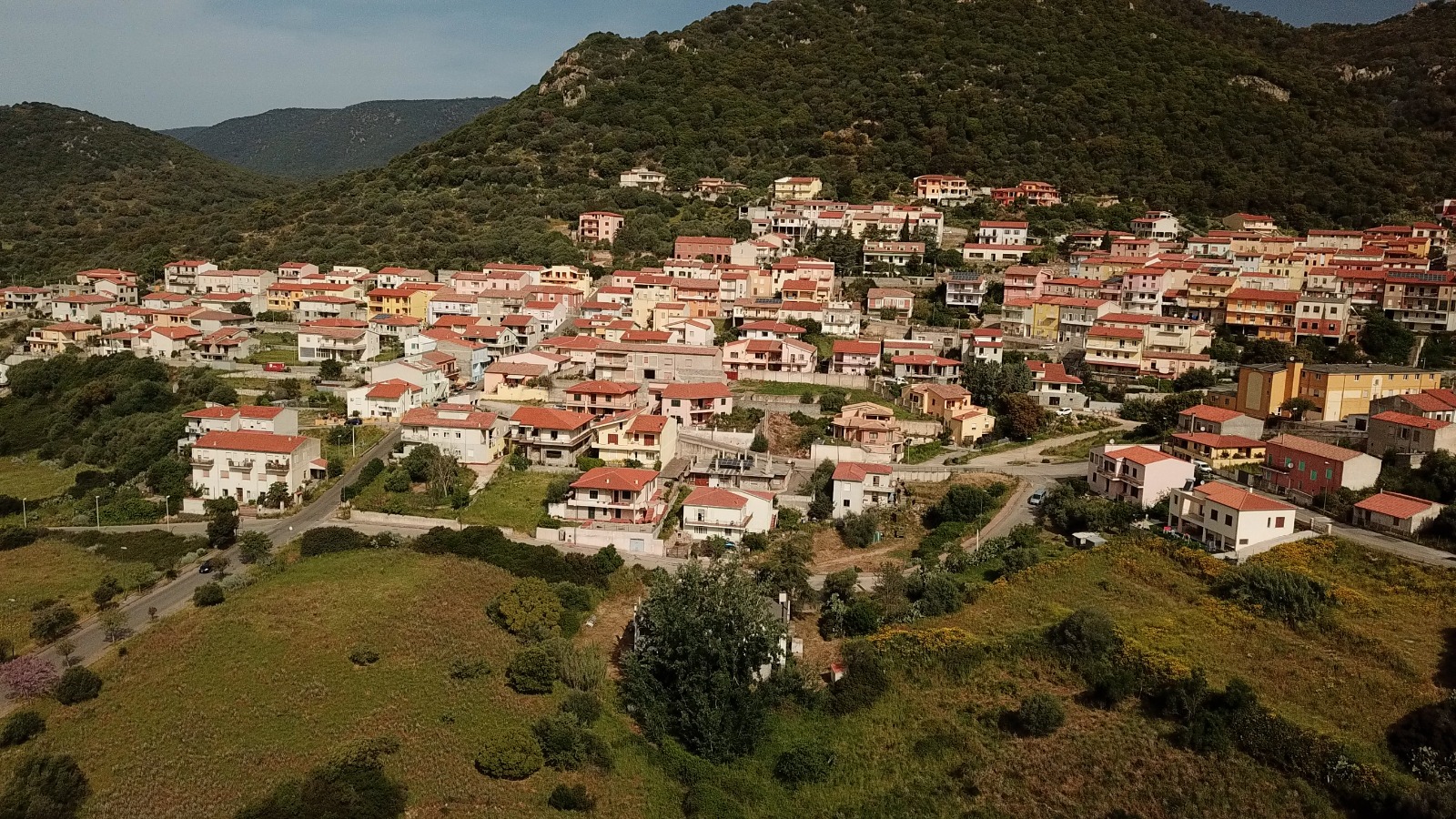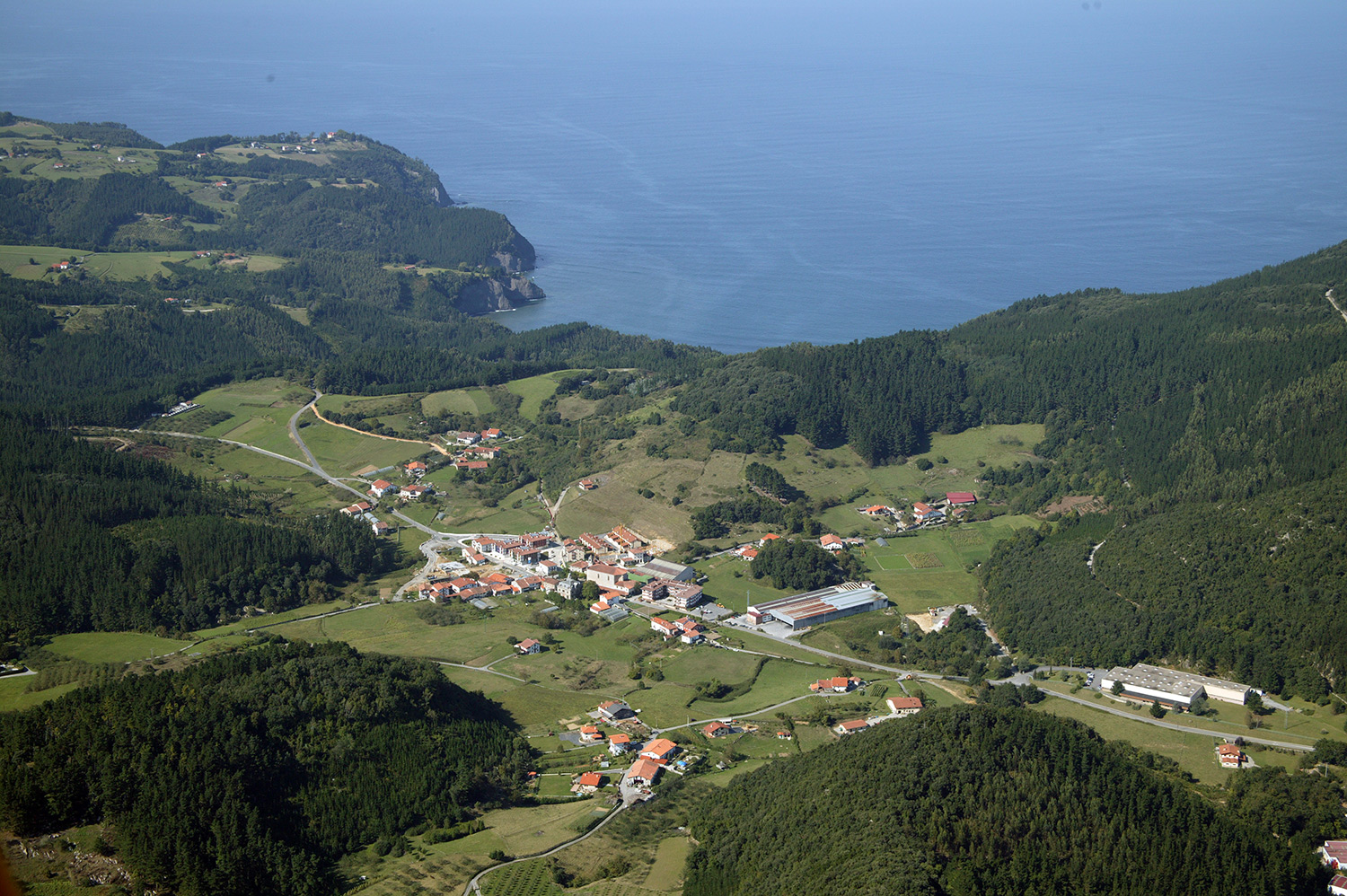

Demonstration sites
Read next
Kökar
Kökar is a small archipelago municipality of Åland Islands with a total land area of 64 km². The population of Kökar island is officially 234 persons (2018), but the actual number of inhabitants ranges from 160-170 in wintertime to 1,000 in summertime. This island municipality is visited by around 18,000 tourists along the year, which results in high volatility and puts extra demand on the flexibility of the infrastructure. Kökar takes part in the CE4EUI (Clean Energy For EU Islands) and published its clean energy transition agenda in summer 2020. Furthermore, Kökar has been selected as one of 20 islands in Europe that will act as pioneers in the work of reducing CO2 emissions.
Kökar became a fellow case in April 2024, due to local minority driven delays of technical activities.
Osimo
Osimo is a charming town perched on a hill overlooking the Adriatic Sea in the Marche region of central Italy. With a population of approximately 35,000, it covers an area of 106 km2 and sits at an average altitude of 265 meters.
Berchidda
Berchidda is a 3000 inhabitants village located on the southern slopes of Mount Limbara, in the north of Sardinia Island. The land covers approx. 201 km2 and it is located at an average altitude of 300 m, with a wide hilly area in a radius of almost 20km. The anthropic structures, vegetation and climatic conditions are typical for the inland areas of Sardinia, with average temperatures of 15°C.
Ispaster
Ispaster is a small village located in the coast of Bizkaia, in the north of Spain. With a municipal area of 22 km², Ispaster has a population of 740 inhabitants, of which 350 are concentrated in the main neighborhood of Eleixalde.




